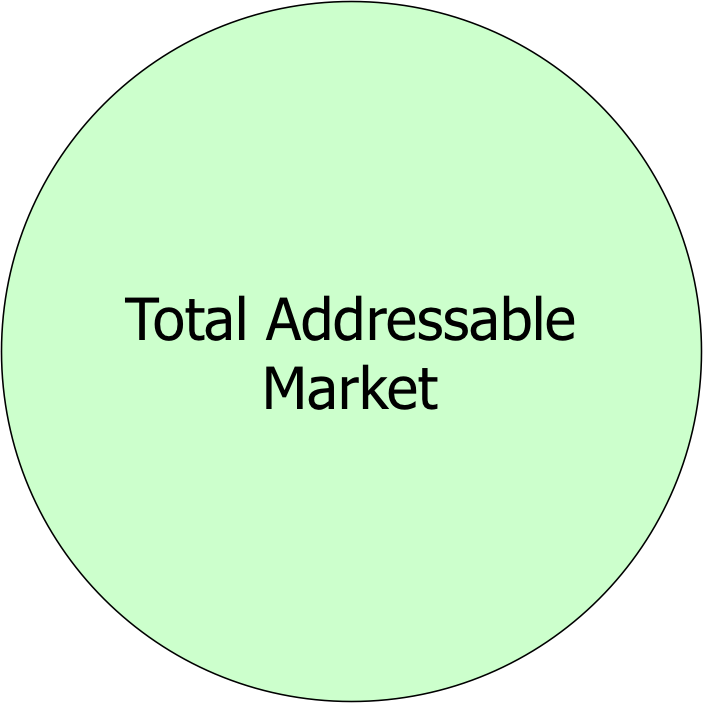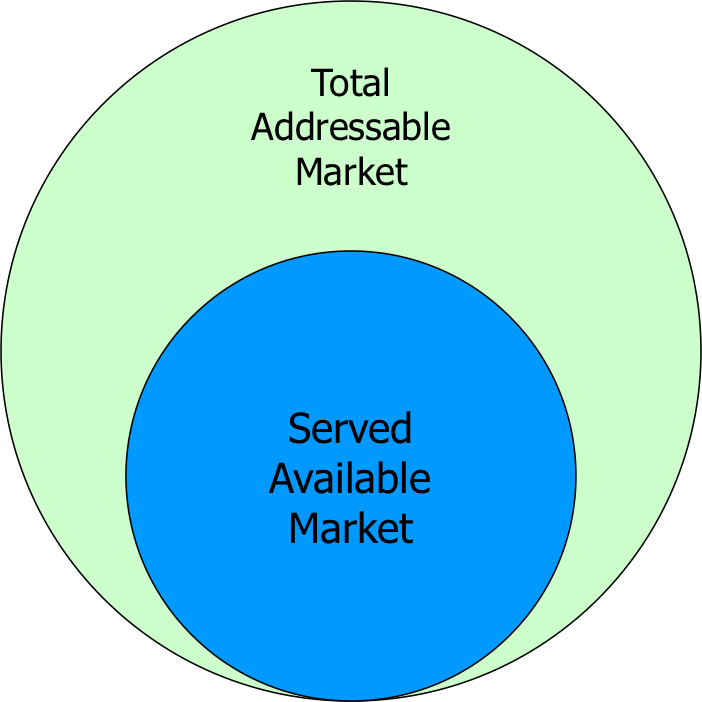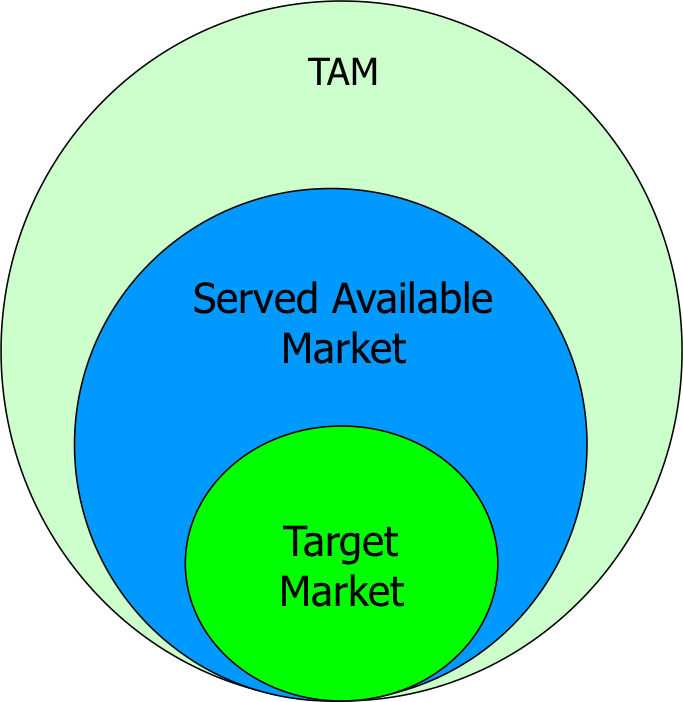Overview
In this video, Paul and Blair demonstrate how to do a ‘Top Down’ analysis using a specific medical device example with numbers included so you can develop a more accurate picture of how to size your market using this method.
Marketing Sizing – Top Down Example
Your Turn: Start sizing your market
Now that you have seen the tools for ‘top down‘ and ‘bottom up‘ market sizing, it’s your turn to do some research and plug in some numbers for your own venture.
Sizing your market:
Is your opportunity big enough to be worthwhile?
First you need to know who your specific customer segment is that has a compelling problem.
Then you can determine how big (or small) that customer segment is.
Target Market Size: end game:
Is your opportunity big enough to be worthwhile?
The market must be large enough to provide reasonable returns for the time and capital invested.
Yet your estimate must be realistic enough and grounded in data to validate your entrepreneurial credibility.
Top down: Market sizing
Bottom-up: Marketing sizing
In order to do Bottom-up market sizing, you will need to consider the following questions:
- Who is your first probable paying customer?
- How much will they spend with you in year 1? Year 2? Think units multiplied by volume if you have a physical good, or a service transaction and recurring revenue figure if SaaS or other service. (A range estimate is fine for now.)
- How many customers are there like this that you can realistically try to sell to in year 1? Year 2?
- What % do you think you will successfully sell to? (A range estimate is fine for now.)
If you know your selling price, and you have very clearly identified your customer segment, you can do “bottom up” market sizing.
Note: Your selling price is the amount you receive, not necessarily how much the customer paid. In upcoming topics, we will explore channels and their effect on your revenue.
Combining top-down with bottom-up estimates
Take the numbers (ranges) from top-down and bottom-up. What picture does this show for your potential early market size?
- In $s? Is this attractive?
- In numbers of customers and transactions?
- How wide is the range?
- What will you do to narrow the range and increase certainty?
- What are the implications for resources needed to achieve the higher end of the range sooner?






